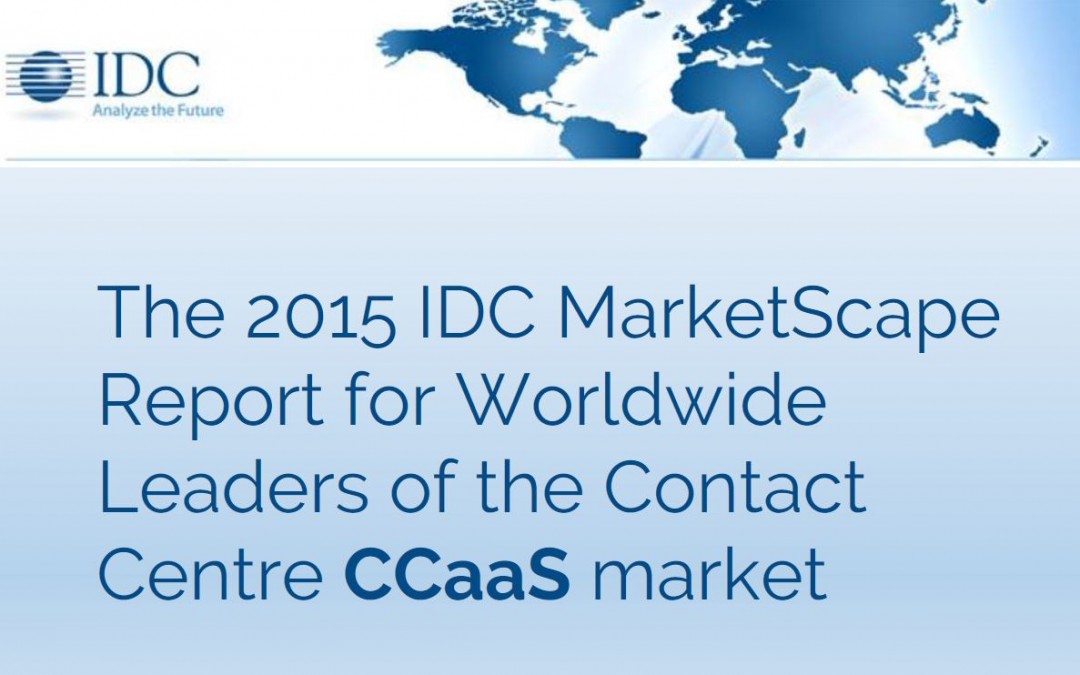
IDC 2015 Contact Centre Leaders
2015 IDC Worldwide Contact Centre CCaaS Vendor Assessment matrix
The IDC MarketScape study examines the key players in the worldwide contact center infrastructure and software (CCIS) market, analyzing current capabilities as well as longer-term strategies
The CCIS market includes voice and digital media contact distribution, management, and agent-software clients, as well as self-service solutions for voice, web, and mobile devices used to offer customer service solutions as part of a customer experience strategy. IDC also examine the ecosystem and cloud (public/private) deployment, customer experience solutions, and mobile customer care solutions, as well as go-to-market models used by vendors to achieve these.
Key criteria that contribute to a successful CCIS offering include:
- The ability to present a strategy that comprises key technologies that focus on the 3rd Platform of IT, including cloud (public and private), Big Data and business analytics, mobility, and social business functionality.
- Vendors that present innovative strategies around partner management, pricing, and product packaging.
- Vendors that can provide flexible delivery options for partners and customers as part of their video portfolios (on-premises, managed, hosted, cloud).
- Business partnerships and sales channels that open up new markets for the vendor’s offering, yet still maintain a high level of support and customer care.
Twelve of the leading worldwide contact center infrastructure and software vendors profiled in the report are:-
- ALE (formerly Alcatel–Lucent Enterprise)
- Avaya
- Cisco
- Genesys
- Interactive Intelligence
- Intelecom
- Loxysoft
- Mitel
- NEC
- SAP
- ShoreTel
- Unify
Some of the key challenges for customers investing in contact center infrastructure and software are the identification of technologies, features, and applications that are most appropriate for their organisations, and more importantly, which source(s) they should turn to for deployment and expertise.
“Although there were 12 key vendors evaluated it is my opinion that the leader of the pack – Genesys – showed more diversification with regard to capabilities and ability to move with market demands, so this report has focused on the overall capability of Genesys.” stated Craig Ashmole, Founding Partner of London-based IT Consulting CCServe.
The three primary sources of CCIS functionality are:
- IP PBX/unified communications and collaboration (UC&C) vendor solutions and the enterprise network, such as Cisco, Avaya, ShoreTel, Unify, ALU Enterprise/Huaxin, NEC, Mitel, and Huawei.
- Standalone contact center solution environments from vendors such as Genesys, Interactive Intelligence, and SAP.
- Hosted/managed and cloud service provider solutions offered by facilities-based providers such as Genesys, inContact, Verizon, and 8×8.
Since there is no one-size-fits-all solution for contact center solutions, customers can choose from an assortment of features from these sources, which may require a little, or a lot, of integration to make the solution run on customers’ network infrastructure and/or within the bounds of their existing services/carrier contracts.
- Many organisations find CCIS solutions complex and are not sure how they would go about managing and maintaining the environment. Therefore, having a solution managed by a third-party provider would help remove the complexity for them and alleviate the need to make internal investments in hiring appropriately skilled IT staff to manage and maintain it.
- Businesses are looking at ways to reduce the amount of real estate to lessen operational costs and lower their carbon footprint generated by existing premises-based equipment. As a result, businesses are reducing the amount of hardware equipment they have on-premises.
- Cloud environments can provide greater levels of automation, orchestration, provisioning, and deployment. Transitioning to the cloud can help organisations reduce operating costs, improve application performance, and better allocate their resources. However, contact centers are generally more strategic than, for example, unified communications (UC) solutions so the transition is slower and the ability for customisation can be less than a system on-premises or hosted by a service provider.
- Businesses reliant on high levels of security will be more inclined to move existing solutions to hosted and private cloud deployments. In addition, many providers still need to do more work in terms of updating or bringing inadequate security policies to reassure companies that the transition to a cloud-based environment will provide them with the proper level of security.
In Summary:
“The CCIS market includes functionality that runs on standards-based equipment or purpose-built systems such as PBX. It has revived itself over the past three years with vendors active in several acquisitions, divestments, and partnerships,” said Jason Andersson, program director, IDC Nordics. “The movement to cloud is clear as investments in both hosted solutions and cloud solutions are beginning to make global headway.”
IDC expects 9.4% revenue growth in worldwide CCIS in 2015. Although premises-based solutions have garnered high attention in recent years, enterprise evaluations, trials, and ultimately adoption of hosted solutions (single-tenant) and cloud (multitenant) CCIS solutions will contribute significant growth predicted for the global market this year. Revenue growth will be driven by enterprises looking to retain capital, reduce costs, and improve customer experience, as well as by service providers refining their contact center strategies and product portfolios.
The full report covering all the vendors can be found on the IDC website but should you want to see the deep dive on Genesys covering their premise-based platform as well as the Cloud-based Contact Centre offering then you can read that report here.
Having spent a majority of my career working with and supporting the Corporate CIO Function, I now seek to provide a forum whereby CIOs or IT Directors can learn from the experience of others to address burning Change or Transformation challenges.

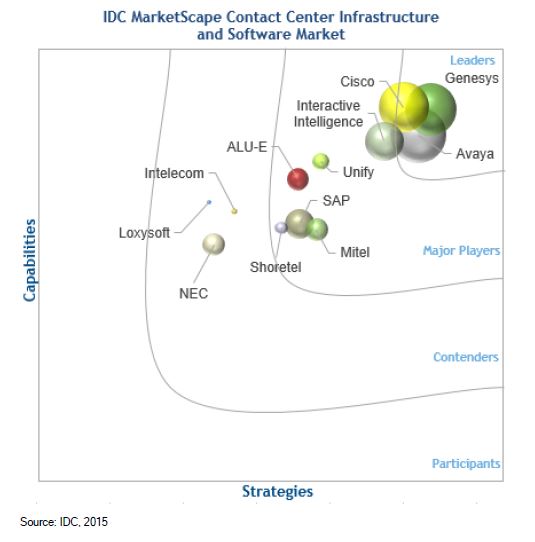

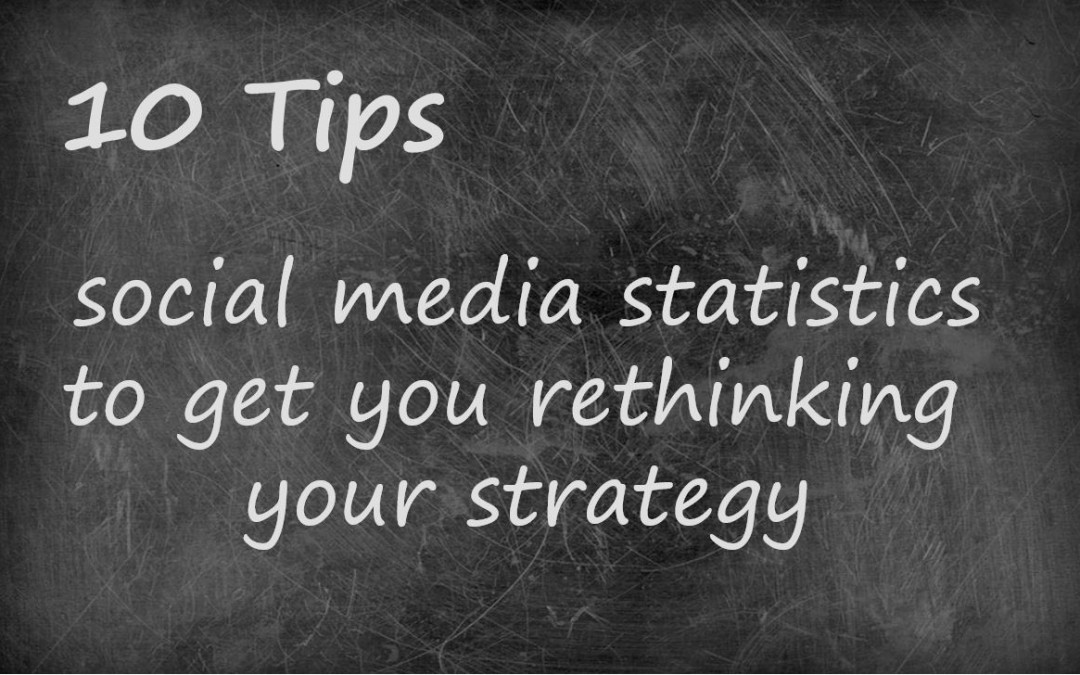
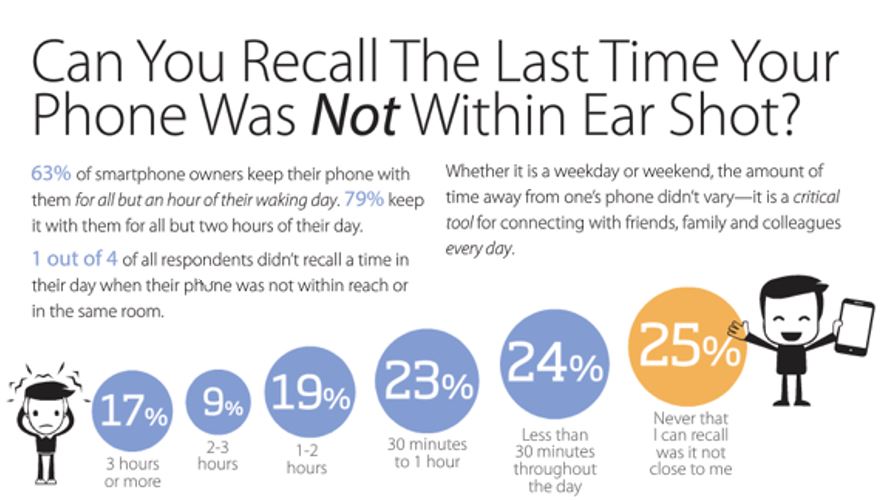



 There is even an element of sophistication in the development of malvertising, as cyber criminals are able to conduct attacks with some degree of selective targeting – much in the same way that legitimate ads can.
There is even an element of sophistication in the development of malvertising, as cyber criminals are able to conduct attacks with some degree of selective targeting – much in the same way that legitimate ads can.
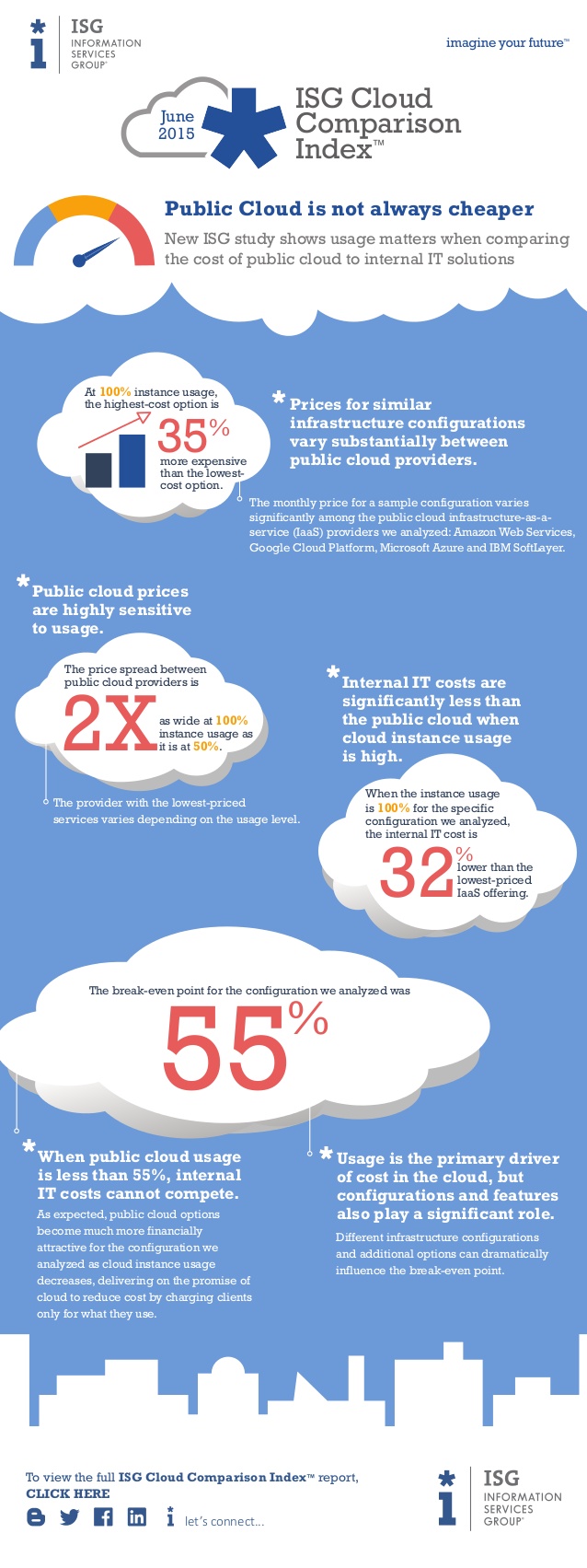

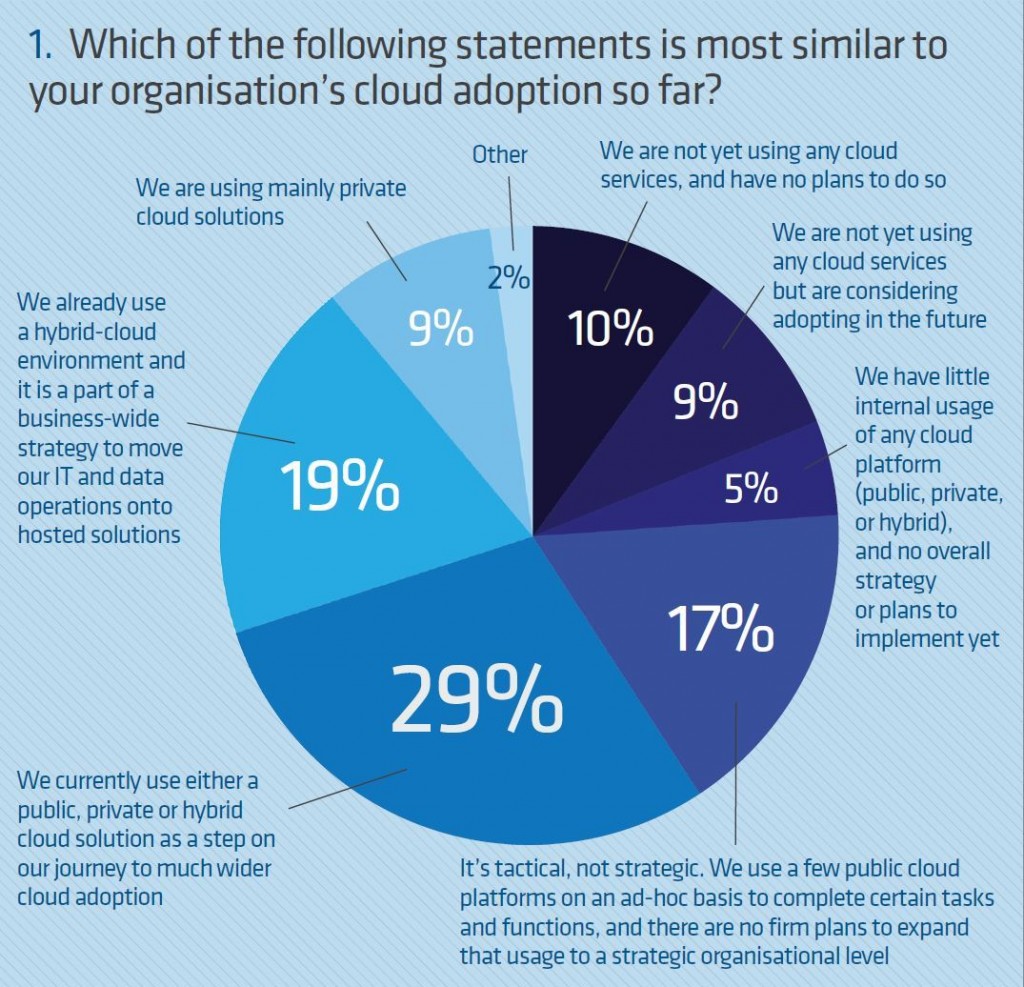
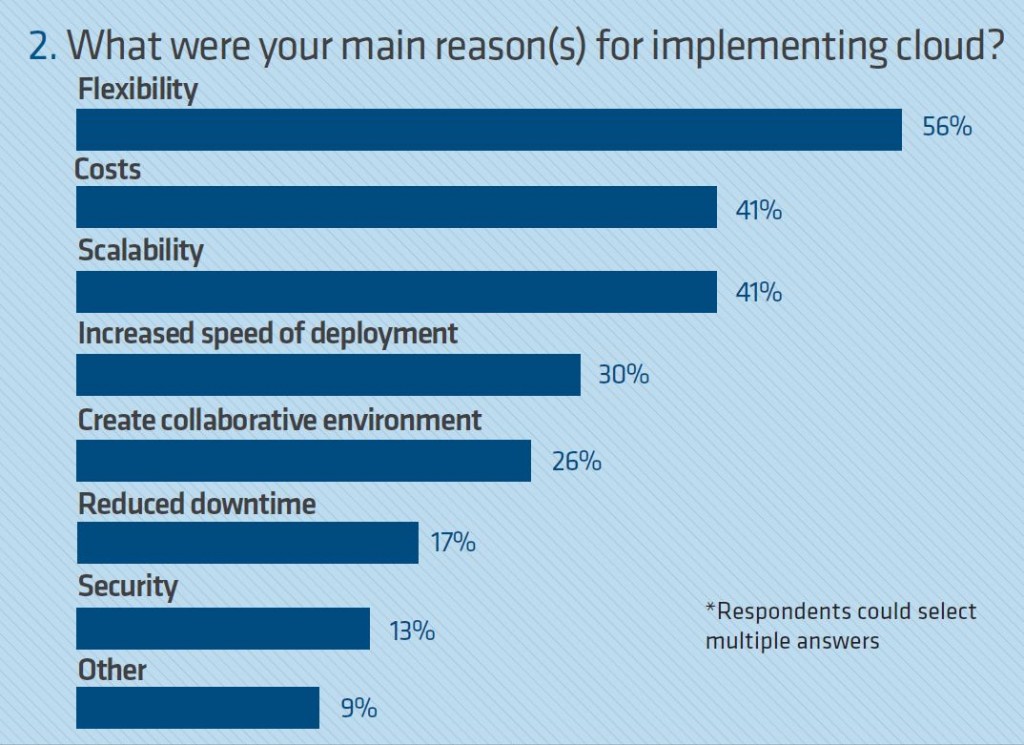
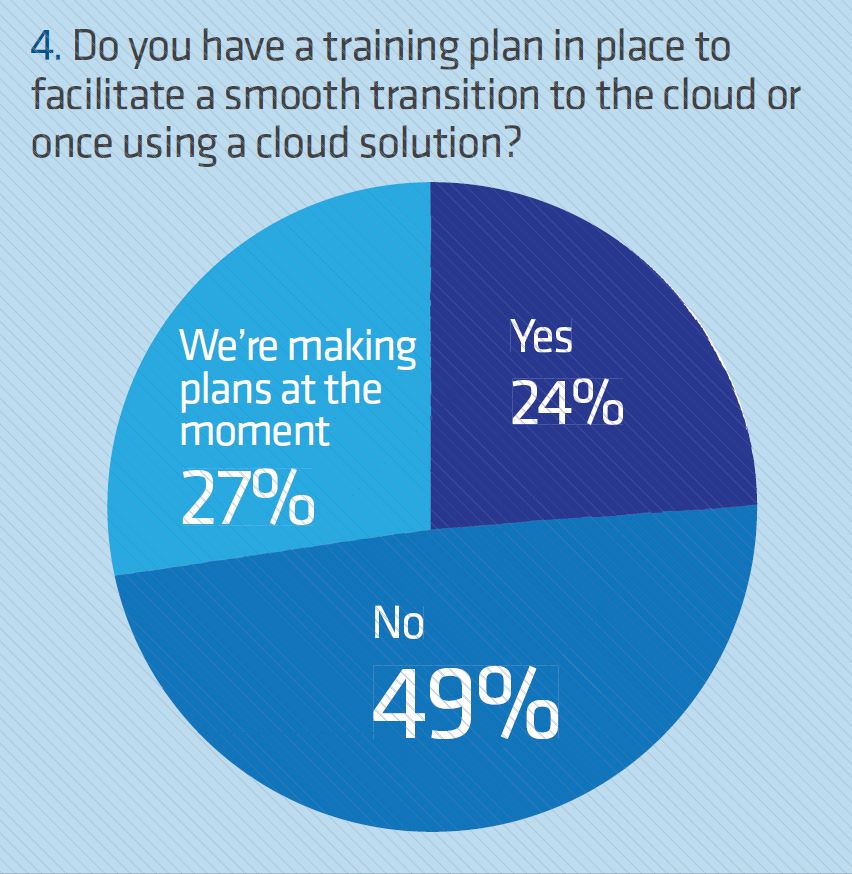
Recent Comments